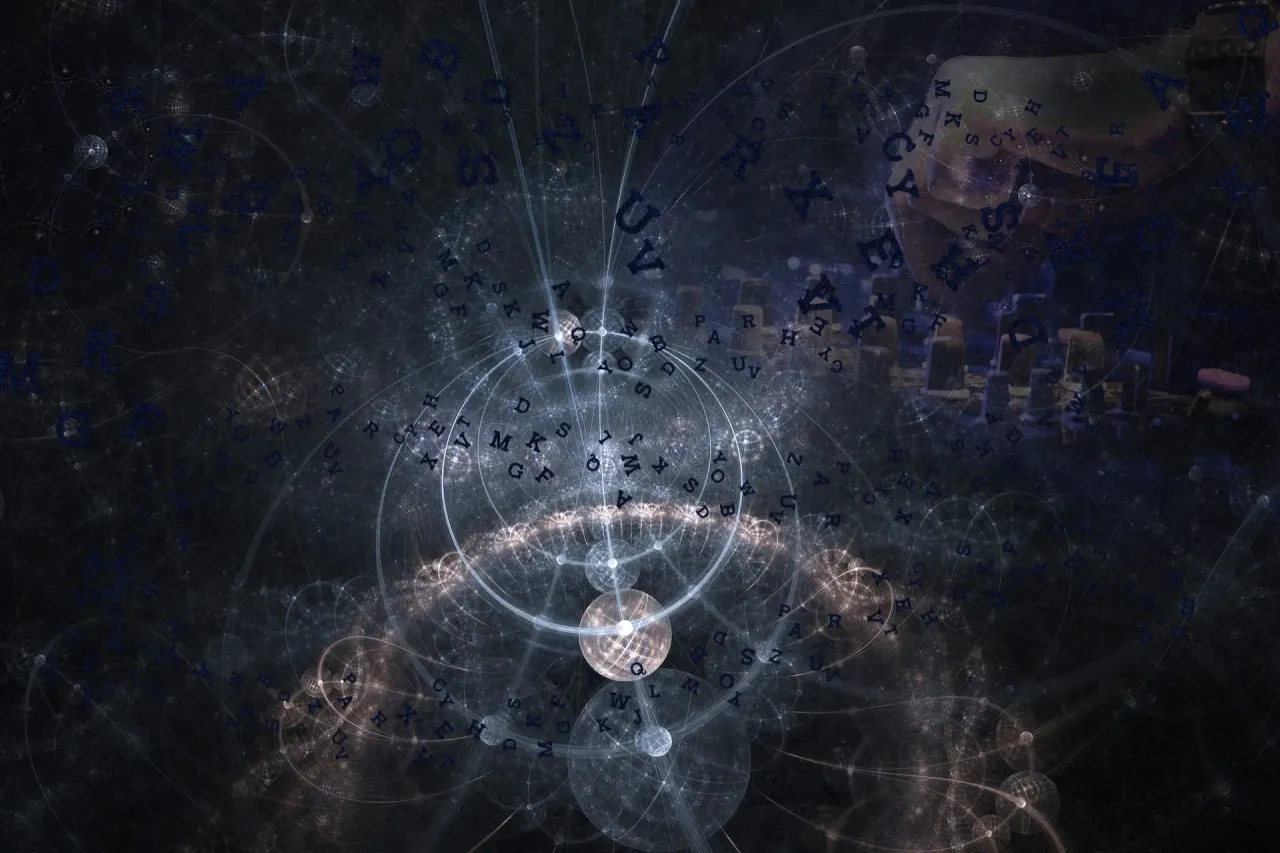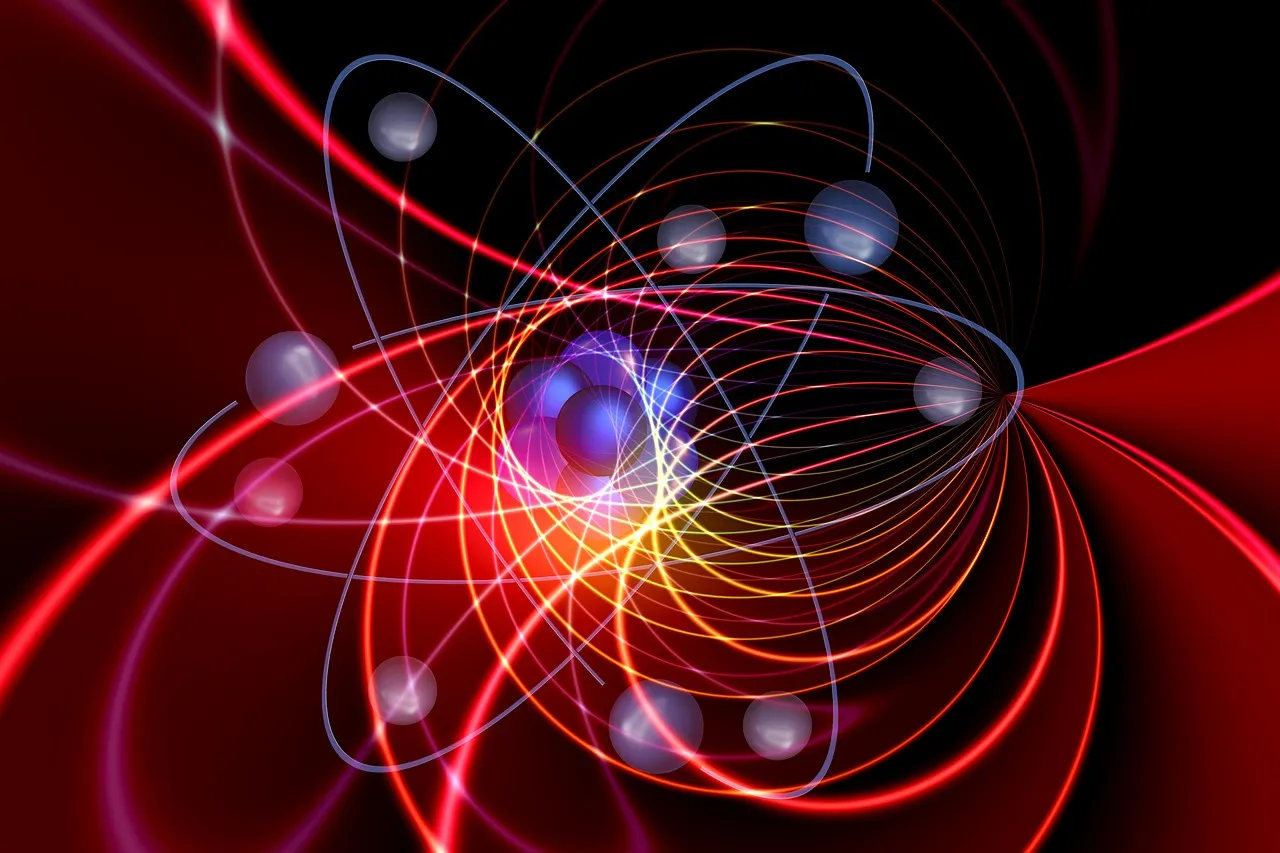
The English language consists of 26 letters which almost everyone is familiar with. Those 26 letters are the basis for every word and every sentence we can come up with, they govern the way words are formed. If the sound of a letter changes in a word, the whole word can change and most likely won't even make sense anymore.
As this is not about the subject of linguistics, we won't get into where those letters came from, but it's kind of obvious that they come out of the sounds humans are capable of producing.
Similarly, there seems to be a sort of alphabet that governs how our universe operates. And (so far at least) there are 26 constants for that.
If one of those constants' values was or would be different from what it is, we would end up with a completely different universe or even probably a dysfunctional universe (open to our interpretations about functionality). But if we simulate a universe with those same values, speed up the simulation to roughly 13.8 billions years of age, we end up with an indistinguishable universe from the one we currently have.
The origin of those universal constants is not clear, however. And no theory so far can explain their origin or why they hold those specific values which we can measure.
Dimentional vs Dimensionless

First, let's clarify one thing about constants. You might be familiar with some units like c for the speed of light, G for Newton’s gravitational constant, or even h for Planck's constant. However, these constants are considered dimensional. They rely on units you use to measure them, like "meters, kilograms, seconds, etc".
Since the universe doesn't care about our units, we can create what is called dimensionless constants. Those are simply just pure numbers that describe how different parts of our universe relate to one another.
So basically, any ratio between physical constants of the same dimensions results in a dimensionless physical constant.
Any relation between physical quantities can be expressed as a relation between dimensionless ratios via a process known as non-dimensionalisation.
The number of the fundamental dimensionless constants required by the complete standard model is 25. With 1 extra cosmological constant to account for the expansion rate acceleration of the universe which has to do with the dark energy and that might turn out to be more complex than we thought and might require additional constants later on. But so far, those make up a total of 26 constants.[1]
The dimensionless physical constants:
(1)- The fine structure constant;
This is the quantification of the electromagnetic interaction strength between charged elementary particles, denoted by the greek letter (α).
Its numerical value at zero energy is approximately (1/137), even though at higher energies this value changes, as the strength of this interaction increases when the scale of energies of the interacting particles rises.[2]
(2)- the strong coupling constant;
This is a number that defines the strength of force exerted in an interaction, like holding the neutrons and protons together. Similar to the electromagnetic interactions, this force changes in strength with energies.[3]
(3 to 17)- the fifteen masses of the fundamental particles
(relative to the Planck mass), namely:
six quarks
six leptons
the Higgs boson
the W boson
the Z boson
Each constant of those 15 simply represents the mass of the particles we have in the standard model (the ones that have masses) in a dimensionless way derived by their relativity with the gravitational constant G.[4]
(18 to 21)- Four quark mixing parameters;
Or the "CKM matrix", which describes how quarks oscillate between different forms. [5]
(22 to 25)- The four neutrinos mixing parameters;
Or the "Pontecorvo–Maki–Nakagawa–Sakata matrix", which does the same thing the quarks mixing do but for neutrinos.[6]
You can read all about neutrinos, the solar neutrino problem, their oscillation from one type into another, and their small but non-zero masses (which isn't fully confirmed yet) in this wonderfully detailed post by Lemouth.
(26)- The cosmological constant
This constant deals with the acceleration rate at which the expansion of the universe increases due to the dark energy, and can be thought of as the density of that dark energy. Its dimensionless value is approximately 10−122.
[7]

Throwing in those 26 constants in a computer, you can pretty much simulate our universe and get an almost indistinguishable result from what it is right now, from the subatomic scales, all the way up to the cosmic scales.
That said, there still seem to be some puzzles that may require more constants later on, to explain and fully account for some issues that we still don't fully know or understand. Dark matter, dark energy, matter-antimatter asymmetry, and some other issues.
This might not be what we would have hoped for, a complete and unified theory, a theory of everything that can bring down the number of those fundamental constants that we need. But anything simpler to describe what is needed for the universe is just too simple for it to work. Well, for now at least.

● Thank you for reading ●
● •
1- DimensionlessConstant | 2- Fine structure constant | 3- strong coupling constant | 4- Fundamental particles | 5- CKM matrix | 6- Pontecorvo–Maki–Nakagawa–Sakata matrix | 7- cosmological constant |

